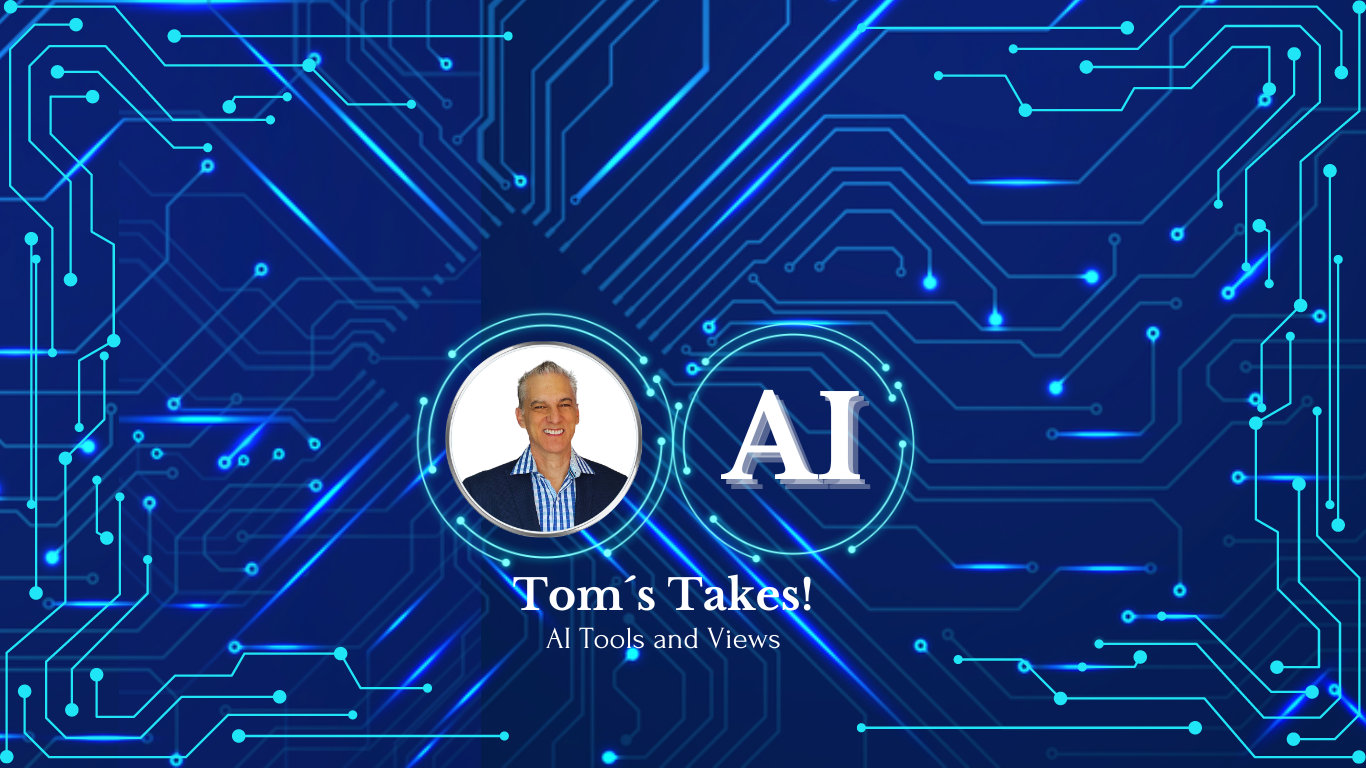
AI Grading vs. Human Grading: Understanding the Differences
The arrival of readily accessible AI tools has ignited both excitement and apprehension in the education world. One of the most hotly debated areas is AI grading. Can a machine truly evaluate student work with the same depth and nuance as a human teacher? Let’s examine the differences between these two approaches, exploring their strengths and limitations.
Human Grading: The Gold Standard?
For generations, human grading has been the standard for evaluating student work. Teachers bring their experience, subject-matter expertise, and understanding of individual student needs to the process. They can consider context, recognize effort, and provide personalized feedback tailored to each student's learning journey.
However, human grading has its drawbacks. It can be time-consuming and prone to subjectivity. Teachers are human, after all, and can be influenced by fatigue, personal biases, or external factors.
AI Grading: The Efficient Assistant
AI grading utilizes machine learning algorithms to analyze student work. The AI is typically “trained” on massive datasets of graded student responses and learns to identify patterns associated with high-quality work.
AI grading offers many benefits:
●Speed and Efficiency: AI can grade large volumes of assignments in a fraction of the time it would take a human.
●Consistency: AI applies scoring criteria uniformly, reducing potential for human bias or inconsistency.
● Immediate Feedback: AI can provide students with instant feedback, helping them identify areas for improvement.
● Data-Driven Insights: AI grading can generate data on class performance, helping teachers identify trends and areas needing attention
Limitations of AI Grading
While AI grading has advanced significantly, it is not a perfect solution. Here are some key concerns:
● Lack of True Understanding: AI excels at analyzing structured writing like the five-paragraph essay but can struggle with creativity, nuance, or originality.
● Bias in Training Data: AI can reflect biases present in the data it was trained on, potentially disadvantaging certain student groups.
● Inability to Assess Complex Skills: AI is still limited in its ability to evaluate critical thinking, problem-solving, or higher-order cognitive skills.
● Over-Reliance and Potential for Misuse: Teachers must be cautious about over-relying on AI grading and ensure students don't use it to bypass the learning process
AI is Particularly Good At Analyzing “Structured” Writing
AI thrives when evaluating standardized forms of writing, such as the five-paragraph essay. It can effectively analyze the introduction, thesis statement, supporting arguments, and evidence, assessing the organization and development of ideas. This strength stems from AI's ability to recognize patterns of logic and persuasion ingrained in its training data.
Choosing the Right Approach
The ideal approach is to combine the strengths of both human and AI grading. AI can serve as an efficient assistant, handling the more objective aspects of grading and providing initial feedback. Teachers can then focus their expertise on deeper analysis, personalized guidance, and addressing student needs that require human judgment.
AI: An Opportunity for Rethinking Assessment
The rise of AI presents an opportunity to rethink traditional assessment practices. Instead of simply replicating human grading with a machine, we can explore new ways to evaluate student learning that leverage the strengths of AI while preserving the human element. This might involve shifting towards more project-based assessments, emphasizing critical thinking and creativity, and using AI to personalize learning experiences.
AI is Not Intelligent the Same Way Humans Are
It is important to remember that AI systems, while mimicking human cognitive processes, operate on a different principle than a human brain. Their "intelligence" is based on statistical calculations and pattern recognition.
While AI can perform complex tasks associated with human cognition, like reasoning and language use, it does not "understand" information the same way a human does. This distinction is crucial for teachers as they navigate the evolving landscape of AI in education.
Key Considerations When Implementing AI Grading:
● Transparency: Students should understand how AI is being used in their grading process.
● Ethical Considerations: Ensure that the AI tools are used fairly and equitably.
● Professional Development: Teachers need training and support to effectively integrate AI grading into their practice.
● Ongoing Evaluation: Continuously assess the impact of AI grading on student learning and adjust practices accordingly.
What’s Next for AI Grading?
The world of AI is constantly evolving, and we can expect to see further advances in AI grading technology. Future developments might include:
● More sophisticated assessment of complex skills: AI is likely to improve in its ability to assess creativity, critical thinking, and problem-solving.
● Greater personalization: AI grading could become more individualized, taking into account each student’s unique learning profile and providing tailored feedback.
● Integration with other AI tools: AI grading systems could become seamlessly integrated with AI-powered learning platforms and teaching assistants.
AI grading is not a replacement for human teachers, but it can be a powerful tool to support them. By understanding the differences between AI and human grading, and by thoughtfully implementing AI in a way that complements human expertise, we can create a more efficient, effective, and equitable learning experience for all students.


